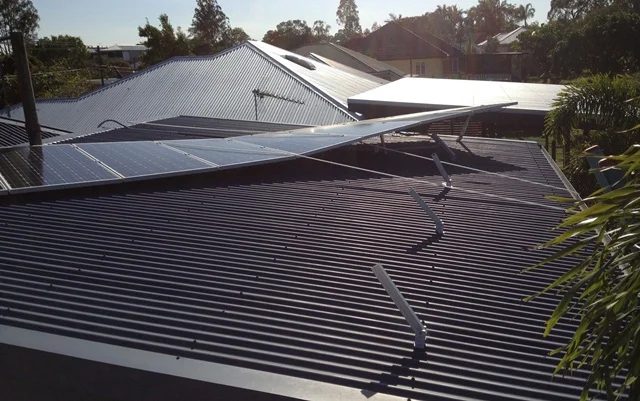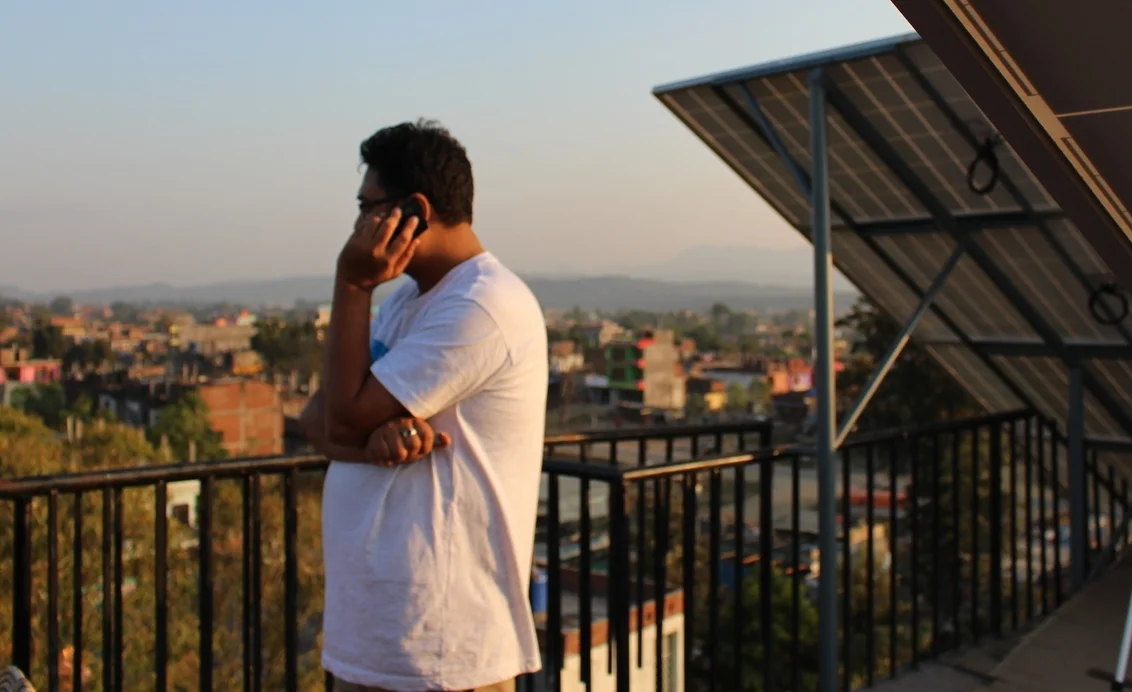Hard to Track: Why Off-Grid Systems Need A New Solar Monitor
In 2007, the Nepali government introduced the Karnali Ujjalo Program to bring electricity to rural, off-grid homes. The government spent over $4 million installing 60,000 solar home systems. Recipients paid only 5% of the installation costs, and over 90% reported high levels of satisfaction with the systems.
Yet during an inspection five years later, most of the users had resorted back to kerosene lamps and diesel generators. Many systems had stopped functioning less than a year after installation.
It's a common problem in off-grid areas: panels alone don't ensure long-term energy production.
In Europe and North America, most solar installations come with monitoring systems that track efficiency. These systems often retail for over $1000, and most require that the installation use only high-end, brand-specific components. They rely on constant internet connectivity to send data, and they assume that installations are also connected to the grid. These luxuries are not available in places like rural Nepal, so most solar installations go unmonitored.
This lack of monitoring caused problems for solar panel users in the Karnali Zone. Many tried to fix the panels themselves, but had no way of diagnosing the problem. Most systems had a simple fix that a monitoring system would have caught.
Off-grid solar is a $250 million annual industry. Without monitoring, the impact of these funds is often short-lived. Low-income areas have huge demand for reliable, long-lasting energy generation, but most cannot afford the monitoring systems currently on the market.
When we couldn’t find a low-cost, off-grid monitoring system, we decided to build one ourselves. Features of the new system include:
System protection:. Our monitoring device will collect data to assess battery health, and allow for remote shutdown and restart of system components when necessary. These functions do not presently exist in an off-grid monitoring and control solution.
Data transfer through “SMS”: The device transmits relevant data in low bandwidth packets via GPRS or GSM networks. Existing “developed” market solutions exist, but data transmission is not optimized for these environments.
Lower power consumption: A monitoring solution shouldn’t become the largest load of an off-grid system. Unlike existing solutions in developed markets, our monitoring device has low power demands.
Remote diagnostics and control: Control and manage settings without time-consuming, expensive travel.
Customer communication: Simple visual displays and alerts will improve customer understanding of how they can better optimize their energy use.
This system will hold us accountable for maintenance, ensuring that our impact lasts. It will also save days of travel for our local engineers, so they can use that time to plan new projects.
And we’re not the only ones who will benefit from cost-effective off-grid monitoring. Governments and donors can use the monitoring data to choose which projects to fund. Installers can perform inspections remotely, saving time traveling to sites. Monitoring systems also provide transparency for customers, installers, and funders.
Stay tuned for more details as we begin piloting our monitoring device on the ground in Nepal.



